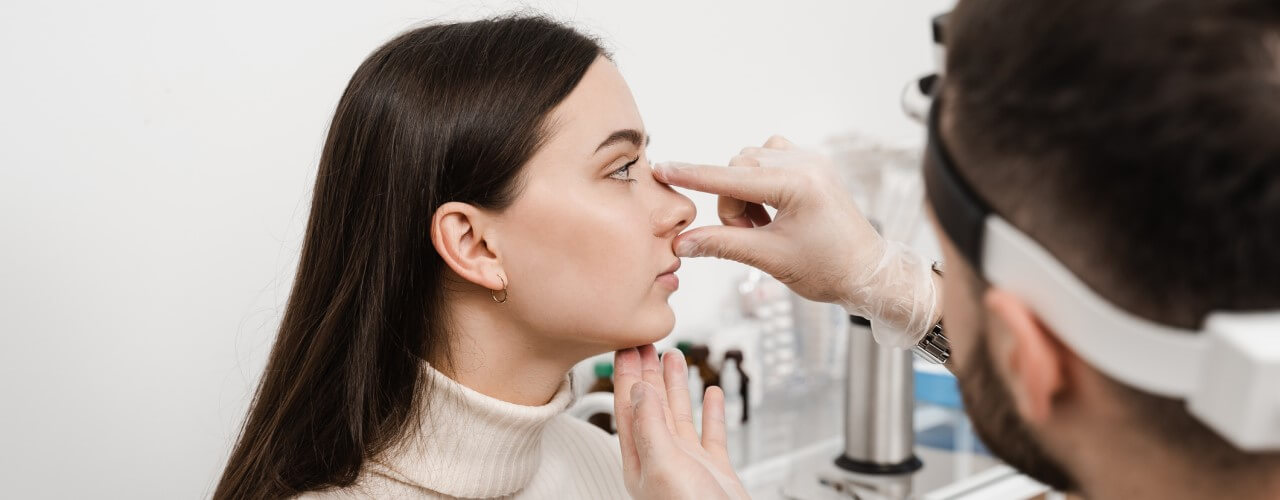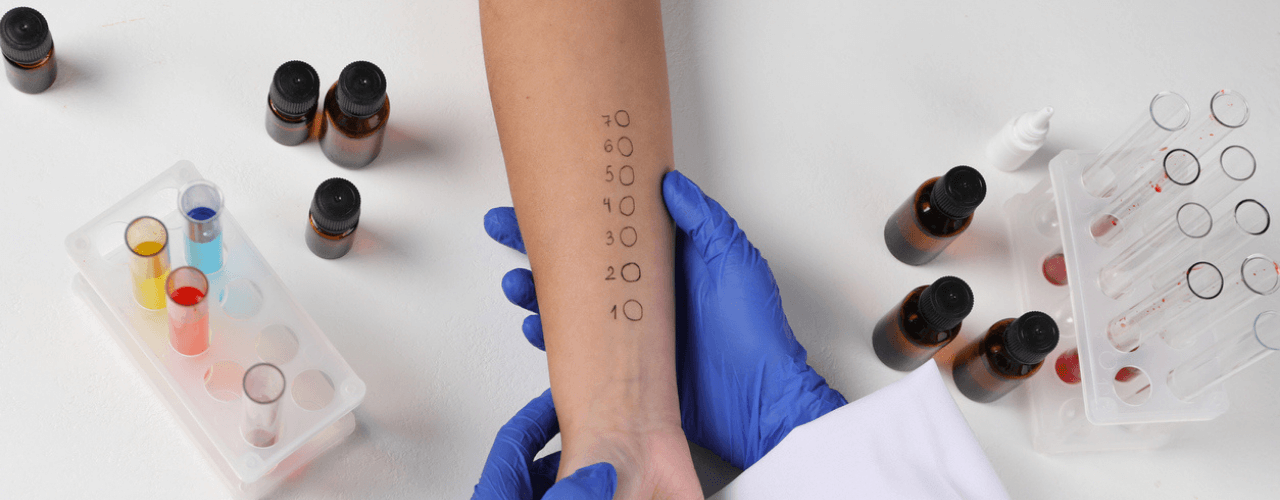When is Rhinoplasty Classified as a Medical Necessity?
Rhinoplasty, commonly known as a nose job, is a surgical procedure that changes the shape of the nose. While rhinoplasty is often associated with cosmetic enhancement, it can also be classified as a medical necessity. Understanding when rhinoplasty is considered essential for health reasons is crucial, especially for individuals dealing with functional issues or injuries. So, in what scenarios does rhinoplasty become a medical necessity, how can the procedure improve quality of life, and what does the journey toward a functional and aesthetically pleasing nose look like?
Rhinoplasty: A Quick Overview
Rhinoplasty is a procedure that reshapes the nose, addressing both form and function. It typically falls into two categories:
- Cosmetic Rhinoplasty: Focuses on enhancing the appearance of the nose, often for aesthetic purposes.
- Functional or Reconstructive Rhinoplasty: Aims to improve breathing or repair structural abnormalities.
How is Rhinoplasty Performed?
The surgery generally involves either an open or closed approach:
- Open Rhinoplasty: This procedure involves a small incision at the base of the columella (the tissue separating the nostrils), allowing greater visibility of the nasal structure.
- Closed Rhinoplasty: Incisions are made inside the nose, leaving no external scars but limiting visibility.
The surgeon reshapes the nose by modifying bone and cartilage, adding or removing tissue, and correcting any defects.
When is Rhinoplasty Classified as a Medical Necessity?
Rhinoplasty is considered medically necessary when the surgery addresses health issues that significantly impair quality of life. Here are some common scenarios where rhinoplasty might be classified as medically necessary:
1. Deviated Septum
A deviated septum occurs when the wall dividing the nasal passages is crooked or displaced. This condition can result in:
- Difficulty breathing through one or both nostrils
- Chronic sinus infections
- Nosebleeds
- Sleep apnea
A septoplasty (surgery to correct a deviated septum) is often combined with rhinoplasty to restore both form and function.
2. Nasal Fractures and Trauma
Injuries to the nose can cause fractures and deformities that obstruct breathing or affect appearance. Rhinoplasty may be necessary to:
- Realign broken bones
- Repair nasal cartilage
- Restore the nasal structure to its pre-injury state
3. Congenital Abnormalities
Some individuals are born with nasal deformities that can affect breathing and facial aesthetics. Examples include:
- Cleft lip and palate
- Choanal atresia (blocked nasal passages)
- Congenital asymmetry
In such cases, rhinoplasty can help correct these defects, improving both function and appearance.
4. Chronic Nasal Congestion
Chronic nasal congestion unresponsive to medication may indicate structural issues like nasal valve collapse or enlarged turbinates. Functional rhinoplasty can alleviate these conditions by:
- Widening the nasal valve
- Reducing the size of the turbinates
5. Sleep Apnea
Obstructive sleep apnea occurs when the airway becomes blocked during sleep. Nasal obstruction can contribute to sleep apnea, and rhinoplasty combined with septoplasty can help improve airflow and reduce symptoms.
6. Sinus Problems
Recurrent sinus infections or chronic sinusitis can be linked to nasal structural issues. Rhinoplasty, often combined with sinus surgery, can enhance sinus drainage and prevent future infections.
7. Correcting Previous Rhinoplasty
Some patients require revision rhinoplasty to correct issues arising from a previous procedure, such as:
- Over-resection of cartilage or bone
- Unintended nasal asymmetry
- Persistent breathing difficulties
The Role of Insurance in Medically Necessary Rhinoplasty
Since rhinoplasty is often viewed as a cosmetic procedure, insurance coverage can be challenging to obtain. However, when rhinoplasty is deemed medically necessary, insurance may cover some or all of the procedure. Here’s how to navigate the insurance process:
1. Medical Documentation
- Obtain comprehensive medical records that detail your symptoms, previous treatments, and the impact on your quality of life.
- Include diagnostic tests like CT scans or nasal endoscopies if applicable.
2. Pre-Authorisation
- Contact your insurance provider to determine the coverage requirements.
- Submit a letter of medical necessity from your surgeon explaining why rhinoplasty is essential for your health.
3. Consultation with a Specialist
- Visit a board-certified plastic surgeon or ENT specialist experienced in functional rhinoplasty.
- Get a detailed evaluation and a personalised treatment plan.
4. Appeals Process
- If your initial insurance claim is denied, be prepared to appeal with additional evidence and a second opinion.
Insurance at The Harley Street ENT Clinic
At Harley Street ENT Clinic, we have contractual rates with most health insurance companies, including United Healthcare Global, Aviva, Allianz Worldwide Care, Bupa, CIGNA, Simplyhealth, Standard Life (PruHealth), Aetna International, and WPA, among others.
We also deal directly with the insurance companies, saving you the trouble of paying first and then reclaiming. Patients funding their own treatment will be provided with consultation fees and the potential cost of onward treatment at the time of booking their appointment.
The Journey to a Medically Necessary Rhinoplasty
When rhinoplasty is classified as a medical necessity, the journey involves several stages:
1. Initial Consultation
- Discuss your symptoms, medical history, and goals with a qualified surgeon.
- Undergo a thorough examination, possibly including diagnostic tests like CT scans.
2. Treatment Planning
- Your surgeon will create a personalised surgical plan, considering both functional and aesthetic aspects.
- If required, additional specialists like ENT doctors or sleep medicine physicians may be consulted.
3. Surgery and Recovery
- The surgery typically lasts 2 to 4 hours, depending on the complexity.
- Recovery involves swelling and bruising, with most patients returning to work within 1 to 2 weeks.
- Full results may take several months to manifest.
4. Follow-Up Care
- Regular follow-up appointments ensure proper healing.
- Additional procedures might be necessary to achieve the desired result.
Improving Quality of Life with Functional Rhinoplasty
Medically necessary rhinoplasty offers more than just aesthetic improvements. The benefits include:
- Enhanced Breathing: Clearer nasal passages improve airflow and reduce congestion.
- Better Sleep Quality: Reduced snoring and sleep apnea symptoms contribute to restful sleep.
- Fewer Infections: Proper drainage prevents recurrent sinus infections.
- Increased Confidence: Correcting deformities improves facial harmony and boosts self-esteem.
Rhinoplasty isn’t just a cosmetic surgery but can be a crucial solution for those facing structural and functional nasal issues. When rhinoplasty is classified as a medical necessity, it can profoundly improve one's quality of life by alleviating breathing difficulties, reducing infections, and correcting deformities.
If you're considering rhinoplasty for medical reasons, contact us today.












